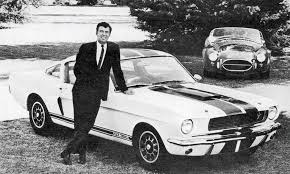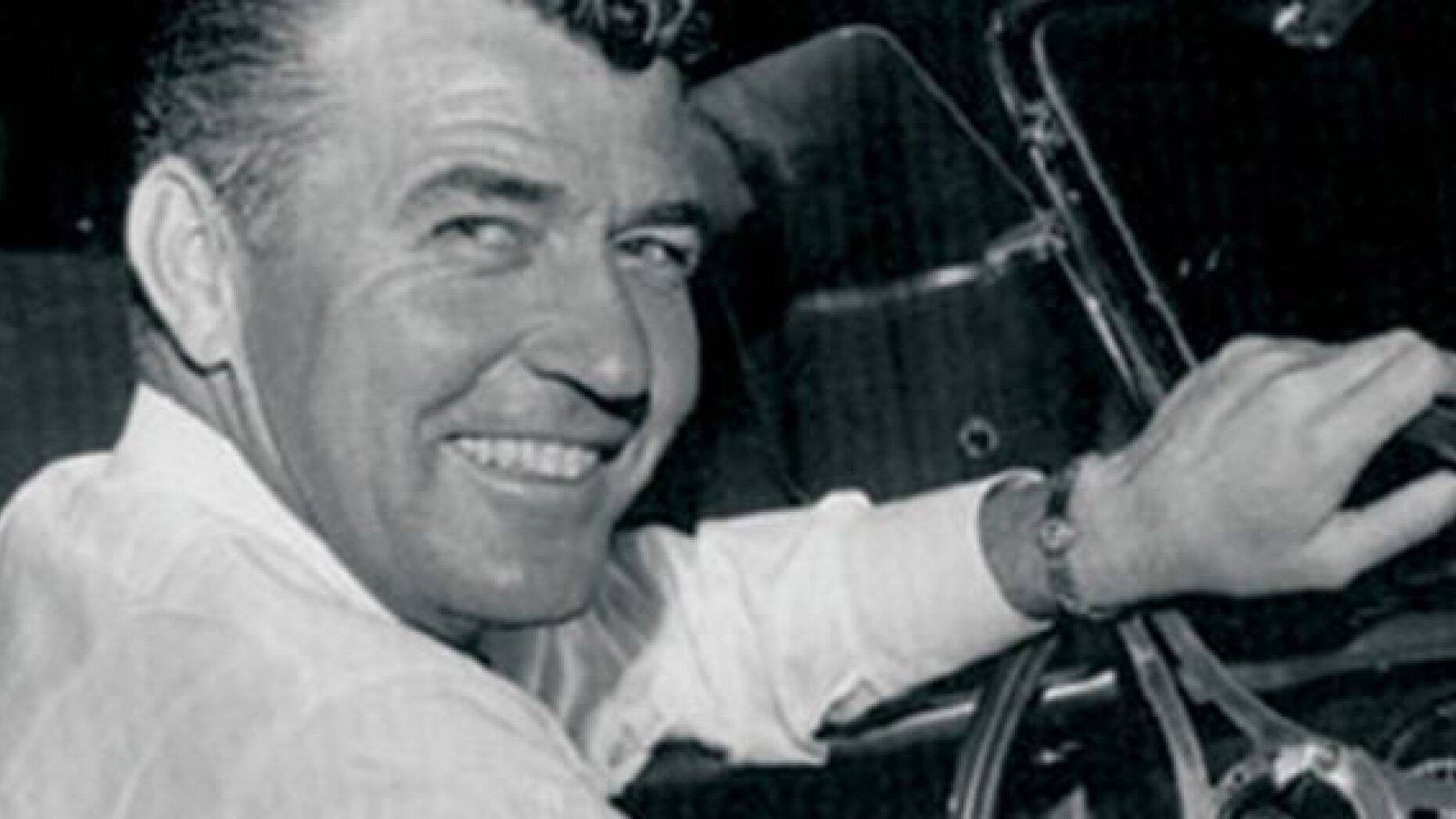Ford II’s resolve to take on Enzo Ferrari was unquestionable, but American cars hadn’t the best of records in Europe, with the only success coming forty-two years earlier in 1921, when San Francisco’s Jimmy Murphy rode the Duesenberg to victory at the French Grand Prix. On the big stage at Le Mans, the closest an American car came was second, in 1928. Failure to beat the red Ferrari’s would be a massive dent on the Ford Motor Company, and could potentially jeopardize Ford II’s bid to become a global force in the automotive space.
Soon after the Ford-Ferrari deal broke down, it unfolded that Ferrari was negotiating a deal with Fiat, an unexpected move seeing as discussions with Ford almost seemed done and dusted. Fazed by the development, the Deuce’s resolve was now fueled with vengeance. It became obvious Ferrari was never truly interested in trading off his entity, not to the Americans at least, who had earlier brought his factory to ruins in World War II.
W. O. Bentley was the first to reckon the importance of Le Mans. The thrill of winning the 24-hour duel, the national pride, and the commercial gains the car maker stood to gain was something he’d enjoyed. His English racing cars won the competition from 1927 to 1930. Alfa Romeo followed from 1931 to 1934 races, and Ettore Bugatti’s French cars dominated the scene before the Second World War.
Following World War II, Enzo Ferrari rose to become the most revered constructor in Le Mans history. Victory for manufacturers skyrocketed sales in the showroom. The 24 hours of Le Mans was, according to Ferrari “The Race of Truth,” were two men paired – one at the wheel at any point in time, and the other waiting in the wings – to race other competitors bidding to lap the 8.36-mile circuit the most times. The competition had grown so popular it was divided into two classes: Grand Touring cars or GT’s (production cars available for customer purchase) and Prototypes. Sure, cars in both categories had to meet design standards: two-seat cockpit, headlights and trunk space. But the Prototypes significantly edged out GT’s in speed, as much as 70mph in some cases. The Prototypes brought future sports cars to close view. Building these prototype cars was the task at hand in Dearborn, a challenge led by engineering expert Roy Lunn at the new Ford Advanced Vehicles division.
The goal was to have a car rolled out in one year, just in time for the 1964 Le Mans. Meanwhile, Lunn reflected on what transpired at the 1963 Le Mans. Speed machines in red coasted to perfect glory, as Ferrari’s cars finished first to sixth. Lunn noted that beating Ferrari would require a car with a superior speed topping 200 mph, and the durability to last the entire race. This speed far exceeded the take-off speed of most aircraft. Keeping those cars on the ground, then, would be a major challenge. Lunn noted that “with the exception of land-speed record cars, no vehicle has ever been developed to travel at speeds in excess of 200 mph on normal highways.” A fusion of superior sophisticated technology and unrivalled innovation would be needed to have a Ford prototype up and running for the next Le Mans. Lunn came up with a budget of seven-figures. Iacocca approved the figure and the entire plan as a whole.
However, there was one problem; only few of the specialized components needed were available in the United States since no auto outfit had ever embarked on such ambitious project. One man also had to be brought into the discussion. His name – Carroll Shelby. Shelby’s automotive thinking drove the manufacturing of “Powered by Ford” Cobras by the summer of 1963. And just like Ferrari’s business model, the success of Shelby’s cars depended on their performance at the track. That summer, Shelby’s Cobras were smashing away other cars in the Sports Car Club of America competition. Winning overseas was the next on Shelby’s checklist if he was going to claim king of the road. And so America went all in, launching an unprecedented fight featuring Shelby’s Cobra and Ford’s prototype against Ferrari’s fleet of cars in both categories at Le Mans.
Comments from Paul… Carroll Shelby, what an icon! One of those guys that just got things done. Things start hotting up now…



